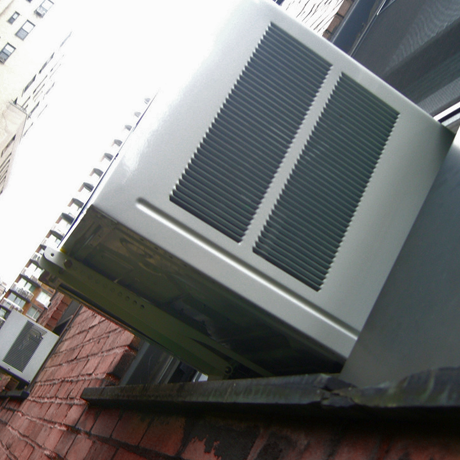
When choosing an air conditioner (AC), there are many factors to take in consideration. Air conditioners come in a wide variety of sizes, cooling capacities, energy efficiency features and prices. On top of that, today’s contemporary AC has numerous features to consider.
But before choosing an air conditioner you need to consider different variables. Here is a how-to guide to buying the right air conditioner to fit your needs:
Before buying an AC, you need to know the different type of units, the four basic types are; Central, Ductless or Split, Window and Portable units.
Central units: The quietest and commonly the top performer. This unit needs to be sized properly for your house. Too big a unit will cause short cycling or inadequate dehumidifying. Too small a unit will not be efficient or effective.
Ductless or Split: Usually designed for motels, hotels, apartments and large homes. It is divided into two units: outdoor condenser and indoor air-control unit. This type of unit is compact and flexible for heating and cooling rooms.
Window units: A self-contained unit that fits in a window or through an exterior wall. It is easy to install as very popular. It fits in a window and vents the heat outside.
Portable units: Designed to be portable and versatile. They can be moved from one room to the next. It is a self-contained air cooling unit that is placed on the floor in a room. It is very cost effective, they can to be really noisy.
One of the most important factors on defining the size of air conditioner you need is room size. Capacity of air conditioning is measured in units (BTUs). Ductless or Split units can exceed 20,000 BTUs. Window units can provide 3,000 BTUs.
Other factors to take into consideration are:
The Energy Efficiency Ratio rating (EER) measures the energy efficiency of an AC or other device. The EER measures the ratio of output cooling energy (in BTUs) to the electrical input energy. A higher EER rating signifies an AC that is a more efficient.
A unit needs to be sized appropriately for your needs in order to get a high EER. Buy a unit with the highest EER rating and has the lowest BTU capacity. If you are not sure how to figure the EER ratings BTU calculations, an air conditioning specialist can help.
Phone: 1300 672 235
Operating Hour:
9:00am to 5:30pm (Mon-Fri)
Service areas - Suburbs
Email: subcool@bigpond.net.au
Optimized by NetwizardSEO.com.au